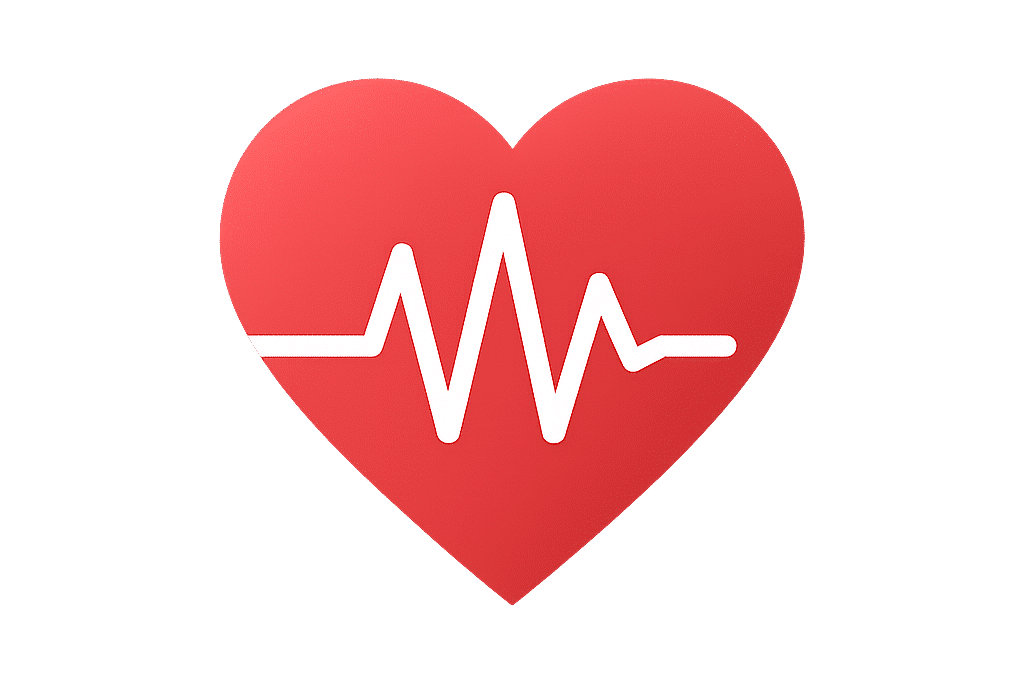Frequently asked Questions
What is Coronary Artery Disease?
There are blocks in the arteries supplying the heart. When the demand for blood increases at the times of stress or increased activity the amount of blood needed for the work of the heart becomes insufficient and results in chest pain called angina.
How will anybody know that they have heart disease?
Patients with heart disease might experience either chest pain or discomfort or shortness of breath – any of the above after any form of exertion either physical or mental. This usually results in the increase in the heart rate and the blood pressure even in patients with normal blood pressure. This makes the heart need more blood causing the above symptoms in patients with coronary artery disease.
What are the risk factors for patients to develop coronary artery disease?
Diabetes Mellitus, high blood pressure (Hypertension), smoking and family history of heart disease all contribute to coronary artery disease.
Why do some patients not have pain in the chest?
Many of the patients have diabetes mellitus which is known to be associated with painless or silent angina. This is probably because the nerves supplying the heart are not very specific and in patients with diabetes all the nerves of the body are affected.
If I do not get chest pain does it mean that I do not have blocks in the arteries supplying my heart?
As explained before some patients might not have pain in the chest in spite of having blocks in the arteries of the heart. The only way to know for sure is to perform some tests which will find out if there are blocks or not.
What are the tests that will show up the blocks in arteries of the heart?
Screening tests will show what the chances of having these blocks are. The usual screening tests are exercise stress test and echo test. The exercise stress test records an ECG after serially increasing the stress on the heart by increasing the rate at which a treadmill will make the patient walk faster. During the test the patient might experience symptoms or have ECG changes which show higher chances of having the blocks. An echo test shows the heart function as well as if there are any abnormalities in the valves of the heart. These give clues about blocks in the arteries but the final answer would be provided by coronary angiography.

